Natural Versus Lab Grown
It is no secret to those in the jewelry industry, along with many novices and customers, that De Beers Group, a South-African British Corporation according to its website, is responsible for the mainstream acceptance of the diamond as being the center stone of choice for most suiters looking to buy an engagement ring. Their famous slogan “Diamonds are Forever”, which came out in 1947[1] changed the buying patterns of the new burgeoning Post-War middle class in the then widening western world. In her popular work Stoned: Jewelry, Obsession, and How Desire Shapes the World, Aja Raden provides a profound and sweeping history regarding the various precious and semi-precious stones that were pursued by Europe’s aristocracy throughout the middle ages and provides context to what stone may have lead 15th century Spanish royalty to have their Armada scour their newly conquered American territories for the Emerald City rather then looking for a diamond mind.[2] Sapphires as a center stone were commensurate with notions of royal blue as well as its corundum sister Ruby being pigeon blood red, another color that exuded power and love in the mind of most royals throughout the centuries.
Nevertheless, for most potential buyers today, there is no other alternative, diamonds may or may not last forever, but their commercial appeal has proven, thus far, to be close to it. From 1947 up until around 2020, natural diamonds were the only game in town for retail buyers. It’s not that lab grown diamonds didn’t exist, they did. According to the International Gem Society, the first lab grown diamond was created in 1954 by GE under the project codenamed “Project Super Pressure”.[3] To be clear, synthetic diamonds are pressurized carbon and are materially the same as natural diamonds, unlike other diamond-look-a-likes such as moissanite. In any case, these inchoate stages of lab grown diamond development lacked the quality standards for the jewelry industry and through trial and error amongst several major nation’s top scientist pursuing decades of research lab grown diamonds would be refined enough to eventually compete and even outpace traditionally mined natural diamonds in terms of color and quality.
Today, in 2024, there are two ways in which a majority of the lab grown diamonds are manufactured and those are CVD (Chemical Vapor Deposition) and HPHT (High-Pressure, High Temperature). There is a myriad of academic literature that is available that can better describe these processes in more detail for those who are interested; the scope of this blog piece is to elucidate to the reader what the practical differences in cost, experience and resale value would be for those looking to purchase either or.
Let’s start with price difference, like any other good there are diminishing returns depending on the number of inputs and the economies scale available to create or source the product. In the case of diamonds, both natural and lab grown, the savings a customer can benefit from diminish the smaller the stones are because there is still a generous amount of labor and logistics to get the final product in front of the customer. In our store, .50 carat total weight of melee in the shank of an engagement ring might only provide several hundred dollars of savings if the customer goes with lab grown over natural. In many of these cases we recommend the customer go with natural melee and a lab grown center stone because if they decide they want a natural diamond as a center stone in the future all they must do is replace the center stone and possibly the box it sits in to have a fully natural ring. Regarding diamonds approaching a carat or more the price differential grows dramatically. For example, a 1.00 carat natural diamond with “G” color, VS1 clarity and an “excellent” cut goes for around anywhere from $6,500.00 to $9,000.00 retail for the stone alone. By comparison a lab grown could be anywhere from $1,500 to $3,000.00 for the same specs. This price difference only grows with increase in size and quality.
On the flip side, those who try to sell their diamond back to the jeweler will be disappointed with what they will get for it. Because lab grown diamonds have become so dominant in the market diamond dealers are sitting on millions of dollars of inventory that is not only not moving but may very well be losing value every day. For that reason, they are hesitant to purchase natural diamonds at all let alone offer a fair price. Lab grown diamonds aren’t worth much after retail sales either, but the difference is that you are mitigating your loss with lab grown whereas with natural you are exposing yourself greatly. For example. If a customer comes into the store and buys a 14k white gold ring with two 50-point natural pear diamonds and a 2.00 carat natural oval diamond all “G” color “VS1 clarity and “excellent” cut, they will probably spend around $20,000.00 in which case the center stone is costing around $15,000.00 alone. That same stone in lab grown would be around $4,000.00. If the value of the lab grown goes to zero as soon as they leave our store, then the customer lost $4,000.00 for the center stone alone. Based on the offers we have been getting in downtown New York City, the customer would be lucky to get $5,000.00 for a natural stone described above. They just lost $10,000.00. One does not need a PhD in economics to understand which is proving to be the better deal.
So, there you have it, lab grown diamonds are real diamonds and provide the same experience for a customer for the most part, considering there are some people who feel better about themselves if they have a natural. They are more affordable and while not being a good investment (jewelry should never be considered an investment except for gold) they are not as bad of a store of value compared to natural. This calculus may change in the future depending on a series of different economic and social factors, but the trajectory looks stable, naturals are out and labs are in!
References
[1] De Beers' History: Engagement Ring Origins - BAUNAT
Accessed-August 9th, 2024
[2] Stoned: Jewelry, Obsession, and How Desire Shapes the World
Raden - Ecco - 2017
[3] A Brief History of Lab-Grown Diamonds
Accessed-August 9th, 2024
https://www.gemsociety.org/article/brief-history-of-lab-grown-diamonds/


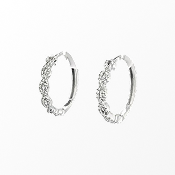



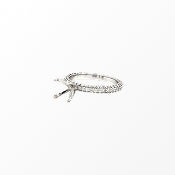





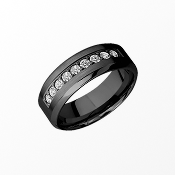



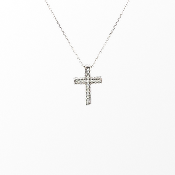
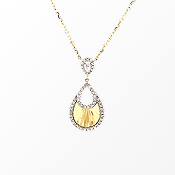

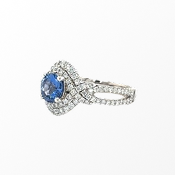
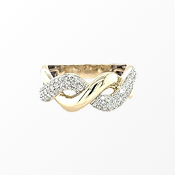

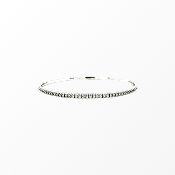


Leave a comment